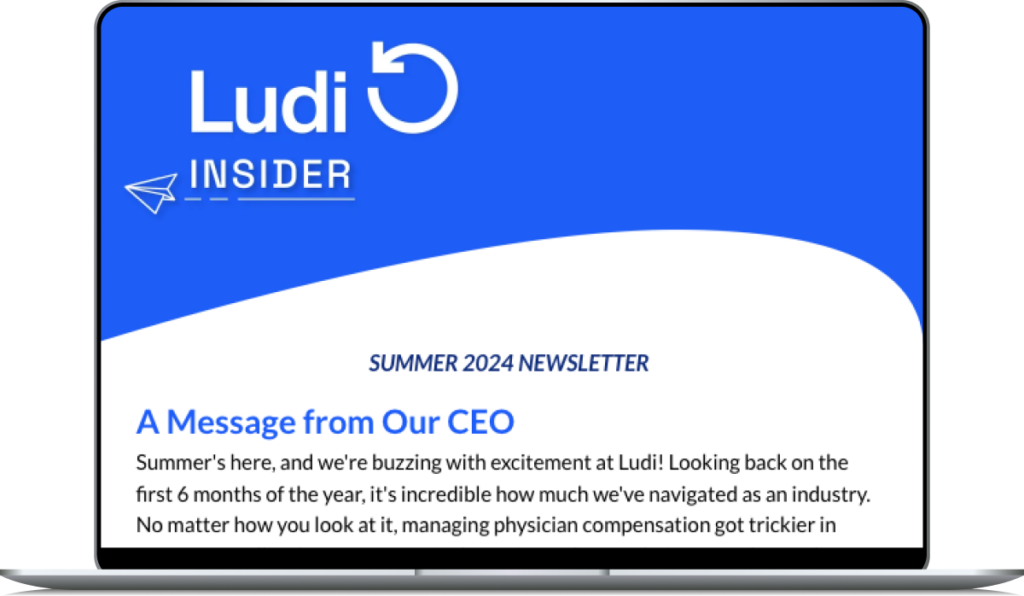Automation is a big word and an even bigger concept in the world of health care. It’s important to remember that there are varying degrees of automation though, particularly when it comes to one key operational process in hospitals: physician time tracking and payments. More specifically, the process of having physicians log time for administrative duties on hospital contracts, such as medical directorships, teaching, co-management, etc. One way to automate this process might be to use excel file templates to log and submit time for approvals. Another might be to give a physician an application to track their time. But if we’re talking about full automation of this process, what does that look like and how does it benefit all parties involved? Take a peek at the seven benefits we’ve identified that are directly related to an automated physician time log process.
1. It’s easy for doctors.
Automating the logging process should make your physicians’ lives easier (reducing manual paper burden, for one reason). They simply login to an app and select the duty they performed (ideally, a technology application should allow them to log duties that are active in their current agreements, too) and once a month, submit for approval.
2. Duties available to log are always compliant.
Automation of this process ensures that duties are written verbatim as they read in the original agreement. If this practice is upheld, then physicians won’t be able to log duties that they shouldn’t receive payment for. This can often be the hardest part of the reconciliation process during approval… no need to take out the original contract, imagine that.
3. Submission deadlines are met.
For your agreements to be compliant, there must be a cut-off date for the physician to submit their time log. For example, let’s say a Dr. Smith worked three on-call shifts in January and she has 30 days to log and submit her duties for approval; she must submit no later than March 2. That date is a key part of a critical agreement. Without cut off dates in an automated system, time logs may come in for approval up to five years later than they should. Having a digital trail and timeline is an often forgotten part of a logging process that isn’t fully automated.
4. Payment mechanisms are no longer manual or mental math.
As a health care organization, you’re held accountable for ensuring you’re compliant. Because of this, you’re writing your agreements without too much wiggle room which can make the payment mechanisms more than just complex, but impossible to track. When you automate the logging process, an additional (and critical) benefit is seeing whether the duties that were submitted add up appropriately in terms of payment based on how you’ve written your agreements.
5. Time logs can be routed to the right people for approval.
When physicians are responsible to log their time and submit it for approval, you can set up a digital process for them to be approved. You decide how many people should review each time log and that is a safeguard that you might not have in a paper or excel-based process.
6. AP and other finance processes are improved.
For Accounts Payable (AP) teams, automation can serve a critical function. Specifically, reports can be created with the details of the time logs and sent to AP for faster and more accurate payments for each contract. In addition, hospitals can eliminate all of the “side systems” that Finance has been keeping for years to track this information. In fact, these days, most hospital Finance teams monitor what has been paid and try to monitor what is to BE paid. Ultimately, automation can help in this area, too, ultimately serving multiple departments, from finance and physician teams to operations.
7. Detailed trails.
Automating the process from logging through approval and payment leaves a trail that hasn’t existed until now. This isn’t only an audit trail in case that day comes (knock on wood it doesn’t!), but it’s valuable for internal purposes such as thinking through a spend strategy, reviewing actualized vs. estimated spend, and working with physicians on their contract parameters.
Automation is a word that is thrown around quite often. In health care though, particularly when it comes to the operational processes of a hospital, automation can make a huge difference in terms of physician satisfaction, compliance and time savings for everyone involved.



